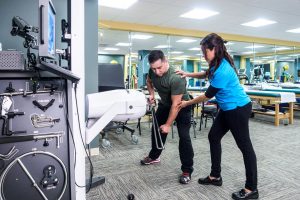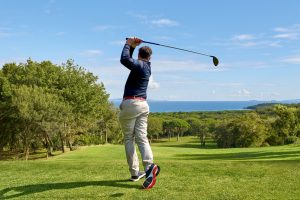-
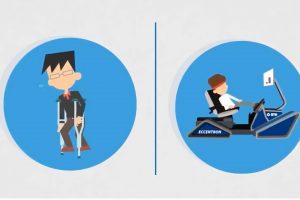
A Tale of Two ACLs
CategoriesA close look at two ways of treating ACL injuries in the clinic. One lets the patient start post-op rehab as soon as two weeks after the injury. Research shows that eccentric exercise helps build strength in a short amount of time, helping prevent muscular atrophy. Get your patients back to what they love, sooner.
-

Most current helmet designs consist of a rigid, polycarbonate shell with various layers of internal padding and shock absorption components designed to prevent skull fractures by reducing the peak force of an impact. The new trend in helmet research is to consider how “Impulse” is affected by helmet design.
-

When negotiating reimbursement rates and considering treatment plan approval, insurance companies refer to their own statistics as a guide. Bringing your data levels playing field, offering the leverage needed to negotiate for your patient. Outcomes tracking can help you advocate for your patient and show the value of treatment.
-

Many wonderful things happen during the summer time. Vacations, family walks, outside time with the dog(s) all can be ways that we enjoy our summer days and nights. But this is also a time that people can experience a spike in lower extremity and even lower spine injuries. One of the potential causes? You guessed…
-

In accordance with the “triple aim” of the Patient Protection and Affordable Care Act, healthcare providers are now held to a higher level of accountability than ever before. Therapists must demonstrate measurable results and an enhanced patient experience. This process begins with an accurate assessment of the client’s physical therapy needs.
-
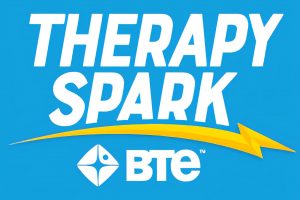
Welcome to TherapySpark!
CategoriesWelcome to TherapySpark! Your source for sparking conversation on important topics in rehab. At BTE, we have been helping the rehabilitation world achieve clinical and business outcomes for over 40 years. TherapySpark continues that mission. All of us at BTE are excited about furthering important conversations in therapy today by delivering relevant content to you…
